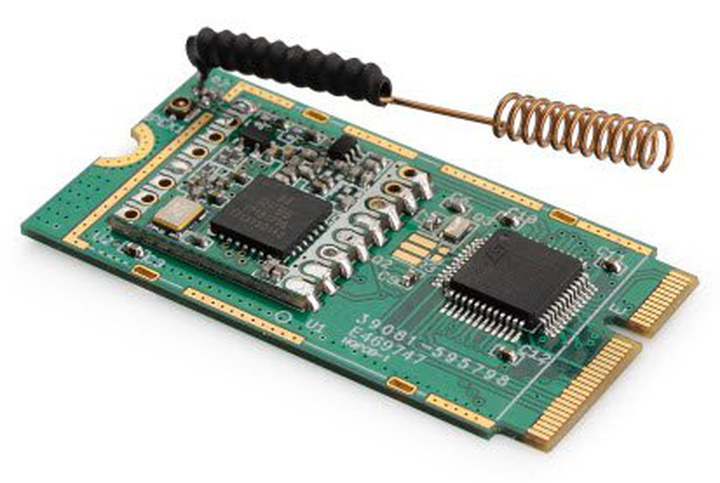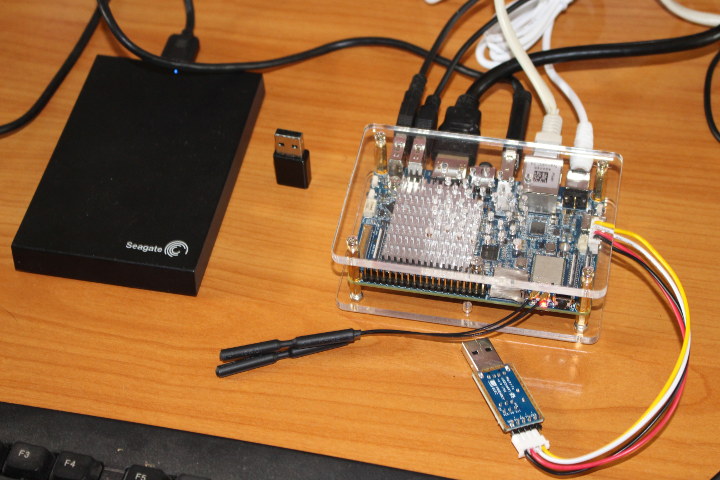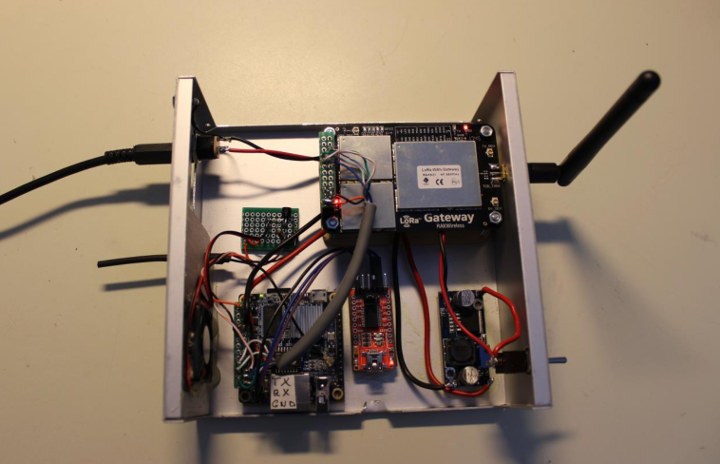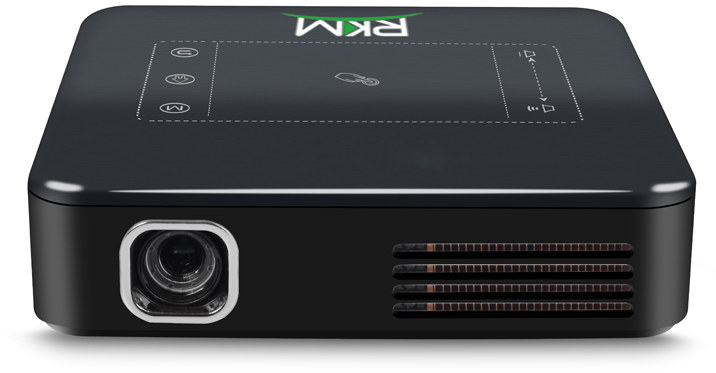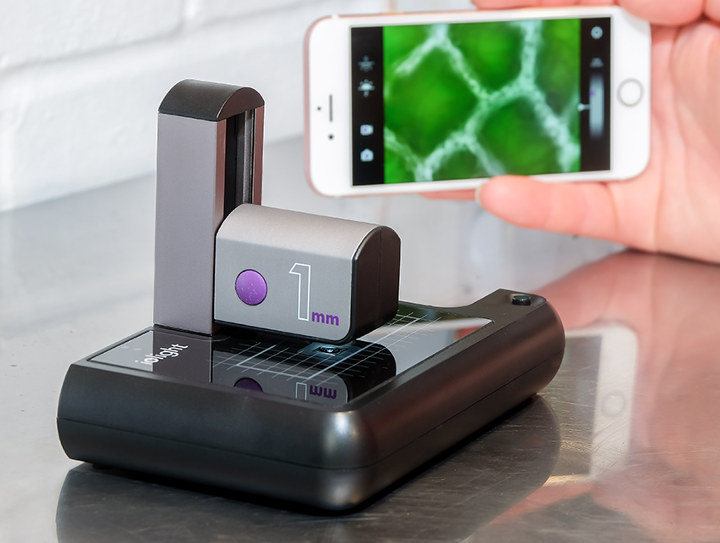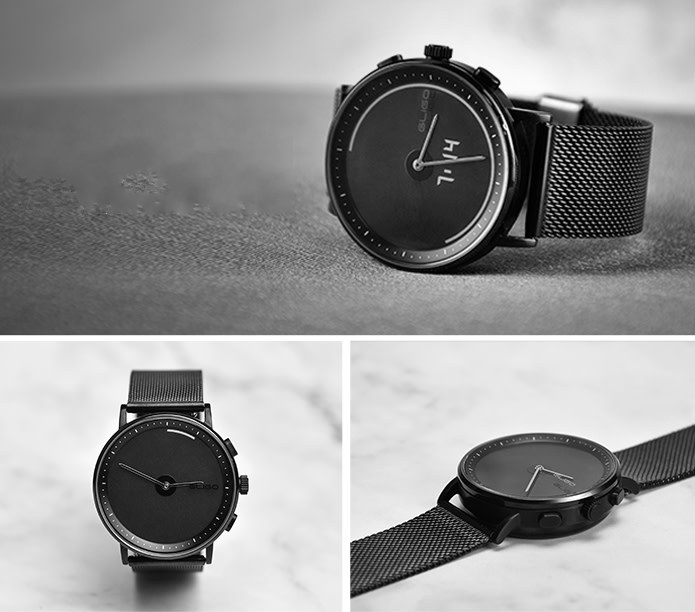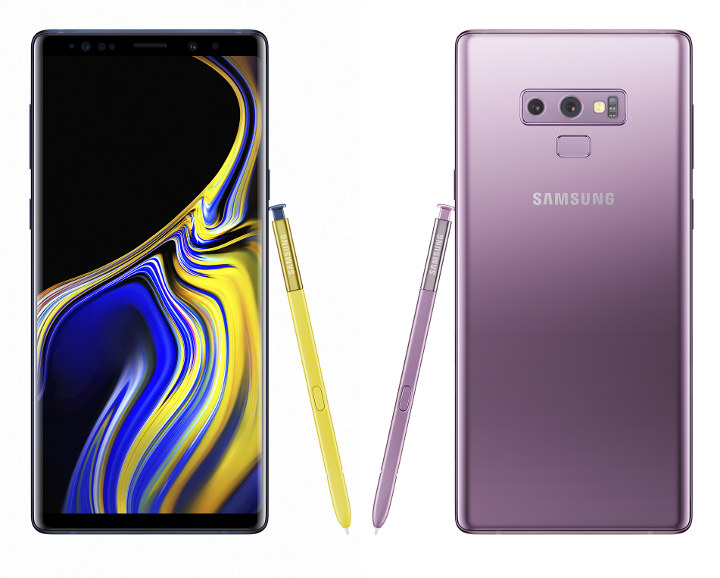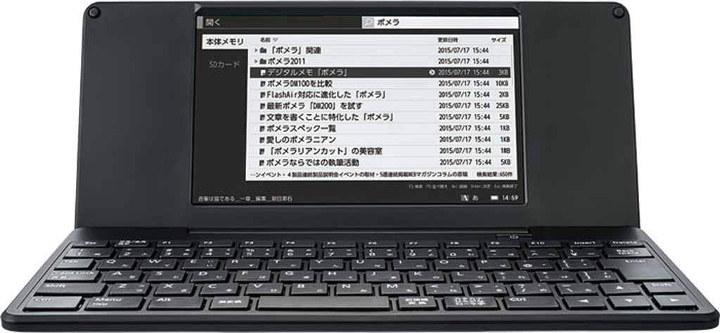Modern motherboards or single board computers often expose mPCIe or M.2 / NGFF socket, and we’ve seen it was possible to easily add a LoRa radio using RAK833 mPCIe LoRaWAN gateway card to hardware with an mPCIe (USB/SPI) socket. You can now do something similar with Dragino LoRaST M.2 LoRa card by inserting into a spare M.2 / NGFF socket. There’s an important distinction however, as while RAK833 is designed for LoRa gateways, LoRaST is based on SX1276/SX1278 for LoRa end nodes. Dragino LoRaST M.2 LoRa card specifications: MCU – STMicro STM32L072CZT6 Arm Cortex M0+ MCU @ 32 MHz with 192 KB flash, 20 KB of RAM, 6 KB data EEPROM LoRa Connectivity Semtech SX1276/78 LoRa Wireless Modem Available Bands – 433/868/915/920 Mhz Built-in antenna or optional external antenna via I-PEX connector Host interface – Standard M.2 (NGFF) interface Supply Voltage – 1.8V ~ 3.6V Dimensions – 22 x 42 […]
NanoPC-T4 Review with Android 7.1 Firmware
NanoPC-T4 is one of the many Rockchip RK3399 SBCs now available, and as we’ve seen in the “unboxing review” the company sent me two samples. So far, I’ve been reviewing RK3399 boards with Linux distributions in posts such as “Checking Out Debian and Linux SDK for VideoStrong VS-RD-RK3399 Board” and more recently “AIO-3399J Development Board Review with Ubuntu 16.04“. But in this NanoPC-T4 review, I’ll switch to Android, specifically Android 7.1, as I’ll soon try Android 8.1 on Firefly-RK3399 which might make for an interesting comparison between the two versions of the OS, before switching to Linux with Pine64 RockPro64 board which I received yesterday. First Boot with NanoPC-T4 Development Board I had already assembled the board in the first part of the review, so I just added the two WiFi antennas, the optional USB to serial debug board, and connected various accessories and cables from left to right: USB […]
How to Build an Orange Pi Zero LoRa Gateway
LoRa gateways tend to be fairly expensive, especially because of the radio part, but anything that may help lower the cost is probably welcomed. And one way to to do that is to use dirt cheap boards like Orange Pi Zero as Edzelf did, by combining the low cost Arm Linux board ($15 shipped) with Rak wireless RAK831 concentrator module kit ($143) via a custom cable, and a power supply board. All assembled into a metal case. RAK831 communicates with Orange Pi Zero over an SPI connection. While some other Orange Pi boards are suitable for the project, note that Orange Pi Zero Plus lacks a spare SPI interface, and can’t be used with this particular application. A fan was also added for cooling, a well as a USB serial debug board for debugging purpose, but it can be removed once the gateway is in the field. Software-wise, Edzelf installed […]
Rikomagic R5 Mini Projector Features Rockchip RK3328 Processor, Android 7.1
Last year, I reviewed Rikomagic RKM R1 Android mini projector with a typical TI DLP with 854×480 native resolution found in competitors, but what I really like what the touchpad and buttons at the top of the device that made it so much easier to configure and control compared to a device like Doogee P1. However with a Rockchip RK3128 quad core Cortex A7 processor and 1GB RAM, performance was on the lower side, and software already felt a little outdated (in 2017) with Android 4.4 and Kodi 14.2. The good news is that company has now launched Rikomagic R5 mini projector with significantly better hardware (Rockchip RK3328 processor + 2GB RAM), and a more recent Android 7.1 operating system. Rikomagic R5 mini projector specifications: SoC – Rockchip RK3328 quad core Cortex A53 processor with penta-core Mali-450MP GPU System memory – 2GB DDR3 Storage – 16GB eMMC flash, micro SD […]
ioLight High Resolution Portable Microscope Works with Tablets and Smartphones
We’ve all read about those cheap USB microscopes that can be used to checkout PCB issues or read IC part numbers, but ioLight is a different beast. The device is a proper microscope offering up to 1 μm resolution that could be used by a biologist in the field coupled with an Android mobile device, an iPhone, or iPad. ioLight portable microscope specifications: Magnification Field of view (FoV) – 1mm fixed width, giving ~ x200 on a 9.7″ screen. Larger screens give greater magnifications Digital zoom on captured image to x500 on 9.7″ screen Resolution – 1µm (0.001 mm) Working distance – 1mm from lens to sample Illumination – Adjustable top and bottom illumination Sample stage – Glass Image / Video format 5MP (2592 x 1944 pixels); JPEG; color MPEG-4; color; up to 1296 x 972; 10 fps Images and videos are stored in the tablet’s camera roll ready for […]
$100 GLIGO E-Ink Smartwatch Promises “2-Year Battery Life” (Crowdfunding)
Wearables are useful little devices, but many of them suffer from short battery life, and in my case at least, I forget to charge mine from time to time. So when I saw GLIGO E-Ink smartwatch promising 2-year battery life on a charge, it caught my eyes. But then looking into the details, it looks like battery life is really 6 months unless you don’t plan on using the display: We adopted an energy-efficient dual-core design:the quartz core has a battery life of up to two years, e-ink screen has a battery life of up to 180 days. Six months is not that bad either, so let’s still have a look. GLIGO E-Ink smartwatch specifications: MCU – Unamed Arm Cortex M3 microcontroller with 128KB memory Display – E-ink segmented display Japanese Watch Movement Connectivity – Bluetooth 4.2 LE Sensors – Green light heart rate sensor (HRM), 3D G-sensor, 3-axis accelerometer […]
Samsung Galaxy Note9 Launched with Exynos 9810 or Snapdragon 845, 4,000 mAh Battery, S-Pen
Samsung has just launched a new version of their Galaxy Note smartphone with Samsung Galaxy Note9, and it’s always interesting to check out the specifications and features to see if they’ve brought forward some innovations, beside improved performance and features. Samsung Galaxy Note9 specifications: SoC (one or the other depending on market) Samsung Exynos 9810 octa-core processor with 4x Exynos M3 @ up to 2.7GHz , 4x Arm Cortex A53 cores @ up to 2.8 GHz, Arm Mali-G72MP18 GPU Qualcomm Snapdragon 845 octa-core processor with four Kryo 385 performance cores @ 2.8GHz, 4x Kryo 385 efficiency cores @ 1.7GHz, Adreno 630 GPU Memory / Storage Options 6GB LPDDR4x, 128GB UFS, microSD slot up to 512GB 8GB LPDDR4x, 512GB UFS, microSD slot up to 512GB Display – 6.4″ Quad HD+ Super AMOLED with 2960×1440 resolution (516ppi). Default is Full HD+, but that can be changed to Quad HD+ in the settings […]
KINGJIM Pomera DM200 Rockchip RK3128 Portable Mini Computer Can Run Debian
Ultra mobile portable computers (UMPC) are somewhat making a come back with products such as GPD Pocket 2 or DragonBox Pyra open source handheld computer. While being fairly powerful, neither devices are particularly inexpensive, and if you are looking for something cheaper, and admittedly much slower, I’ve been informed that Rockchip RK3128 based KINGJIM Pomera DM200 mini computer can be an option since it has been “hacked” to run Debian. By default, the device runs a Linux OS with user interface in Japanese only, and is sold as a digital memo. Some of the specifications include: SoC – Rockchip RK3128 quad core Cortex A7 processor with Mali-400MP2 GPU System Memory – 512MB RAM Storage – 4GB flash, micro SD slot up to 32GB Display – 7″ TFT LCD display with WSVGA (1024 x 600) resolution Connectivity – WiFi 802.11 b/g/n + Bluetooth 4.0 LE + EDR Keyboard – Japanese keyboard […]


